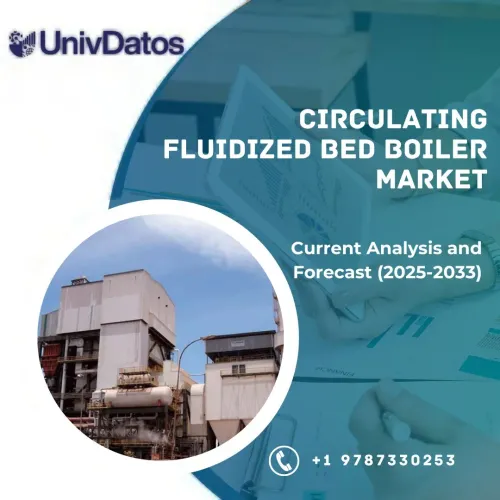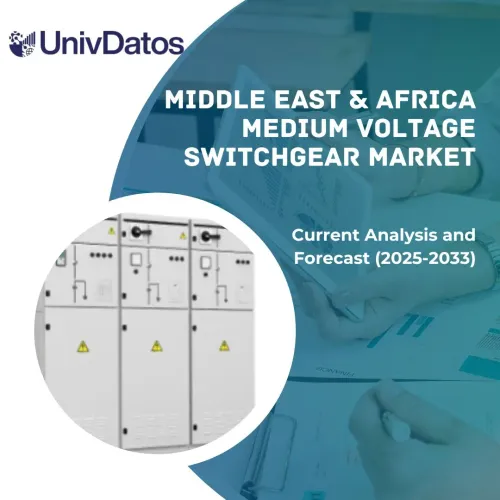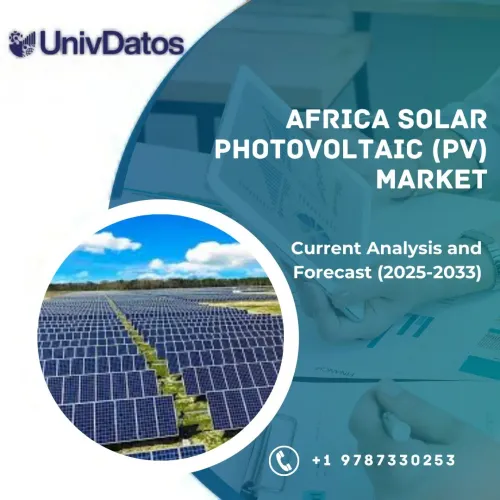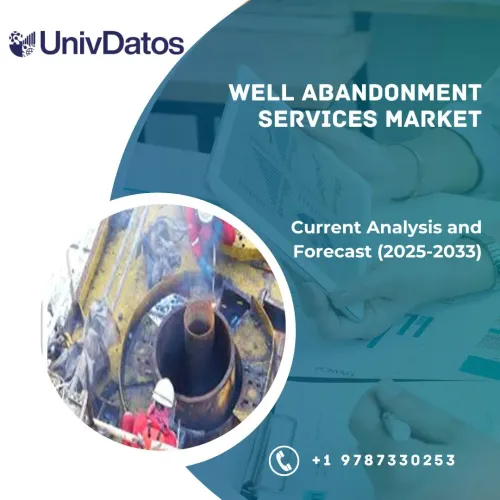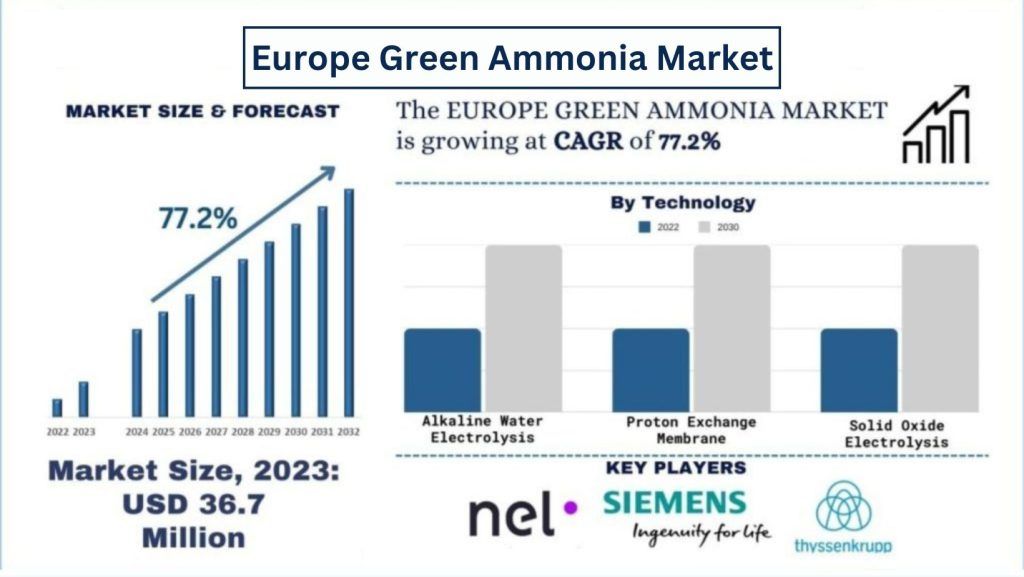
欧洲绿色氨规模与预测
欧洲绿色氨的估值为 3670 万美元,预计在预测期内(2024-2032 年)将以 77.2% 左右的强劲复合年增长率增长,这归因于对可再生能源的投资不断增加。
欧洲绿色氨分析
欧洲是绿色氨市场的主要地区之一,2024-32 年的复合年增长率为 77.2%。这是因为人们对可持续生活的意识日益增强,此外,政府的举措也在推动该地区绿色氨市场的发展。例如,欧盟的氢能战略旨在到 2024 年创造至少 6 吉瓦的电解槽产能,足以为每年生产多达 1 兆吨的绿色氢气。此外,HEGRA 公司(由 Yara、Aker Clean Hydrogen 和 Statkraft 共同拥有)的目标是使位于 Herøya(挪威)的氨厂电气化和脱碳,从而实现大规模的绿色氨生产。此外,该项目每年将减少 80 万吨二氧化碳排放,相当于 30 万辆化石燃料汽车的排放量。通过此举,该公司标志着为绿色氨和氢气开发挪威价值链的开始。
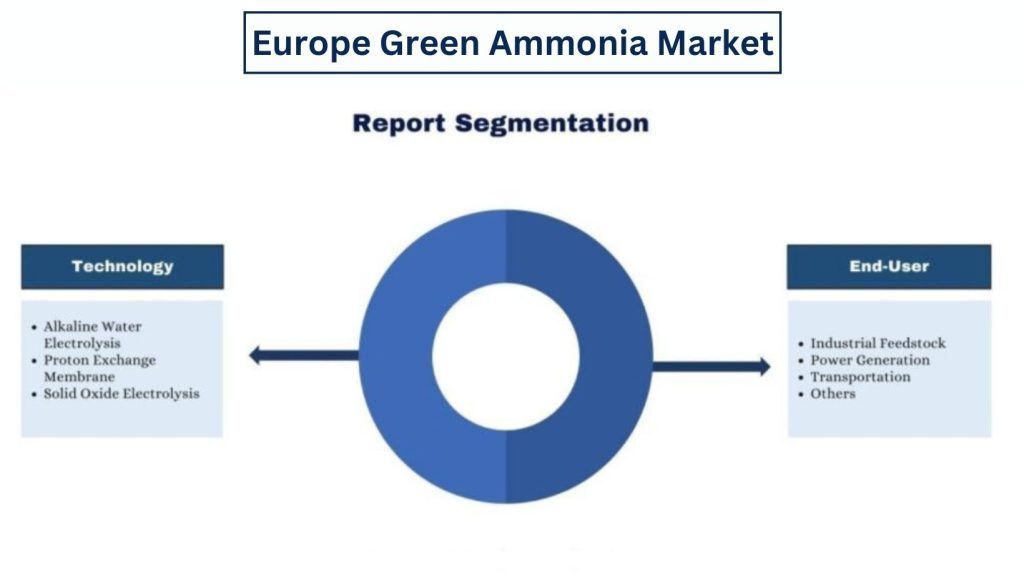
欧洲绿色氨趋势
本节讨论了我们研究专家团队确定的影响欧洲绿色氨各个细分市场的主要市场趋势。
化肥消费量不断增长
全球人口正在迅速增长;因此,需要提高农业产量以满足不断增长的人口的食物需求。使用化肥来提高农业产量已成为全球普遍做法。此外,对有机和环境友好型肥料的需求也在增长。有机肥料由天然植物残渣和废弃物、动物粪便和排泄物、微生物和植物提取物配制而成,以提高农业产量。因此,增加农业生产的需求不断增长以及对化学投入品危害和有机肥料益处的认识不断提高等因素推动了各种环境友好型肥料的消费。
预计德国在预测期内将以显着的复合年增长率增长
由于人们对可再生能源的认识不断提高,以及越来越重视使用氨气作为工业清洁燃烧燃料来输送氢气,德国在绿色氨市场中占有重要地位。德国政府还计划投资约 105 亿美元,将氢气建设成为一种绿色燃料。此外,众多的绿色氢气项目以及在该国不断增长的投资也在推动市场增长。例如,Uniper 计划在威廉港建立一个德国国家氢气枢纽。该计划包括一个绿色氨进口终端,该终端将配备一个氨裂解器,用于生产绿色氢气,并且还将连接到计划中的氢气网络。 2021 年 10 月,英国石油和天然气公司 INEOS 宣布将在德国科隆基地建造一个大型的 100 兆瓦电解槽来生产绿色氢气。该公司将通过其子公司 INOVYN 执行此计划。首先,该公司将生产绿色氢气来用于其绿色氨的生产。该绿色氢气项目旨在每年减少超过 120,000 吨的直接和间接碳排放。
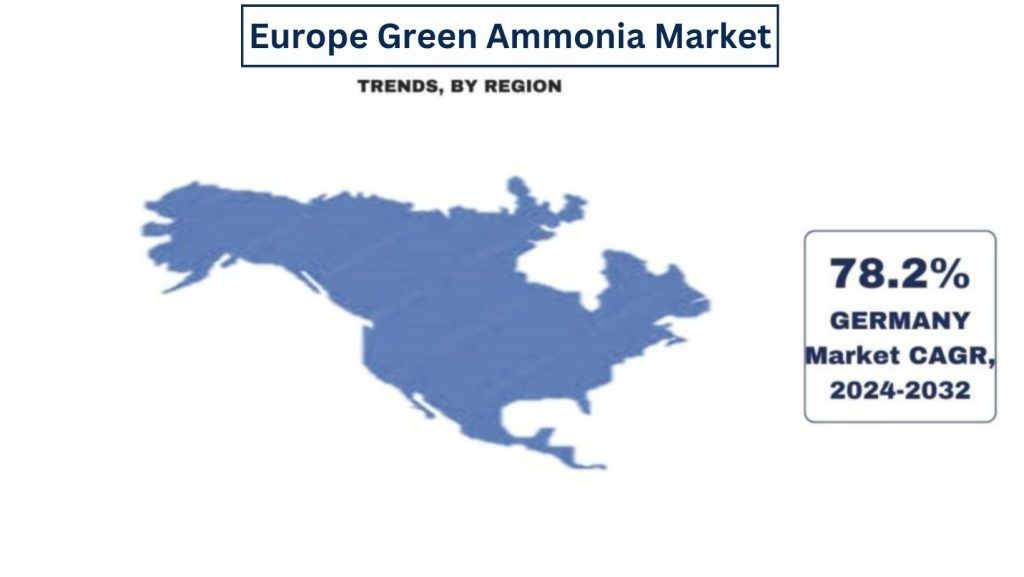
欧洲绿色氨行业概况
欧洲绿色氨市场竞争激烈且分散,存在多家全球和国际市场参与者。主要参与者正在采取不同的增长战略来增强其市场地位,例如伙伴关系、协议、合作、新产品发布、地域扩张以及并购。市场上一些主要参与者包括 Siemens、Thyssenkrupp、Nel Hydrogen、Green Hydrogen Systems、MAN Energy Solutions、Uniper、BASF、Enapter、ENGIE、Hiringa Energy、BASF、Enaex SA 和 JGC Holding Corporation。
欧洲绿色氨新闻
- 2023 年 2 月:西门子能源和 Brooge Energy 计划合作开发阿布扎比的绿色氢气和氨项目。
2022 年 11 月:甲醇制可持续航空燃料项目“M2SAF”联盟看到来自整个价值链的五家公司(包括 BASF)联手,旨在开发一种新型工艺技术,以促进 SAF 的选择性生产,SAF 可用作高达 100% 的直接替代燃料。该生产过程应仅产生最少的额外二氧化碳排放,并且易于集成到现有生产工厂中。该过程的起点是使用可持续生产的甲醇(来自二氧化碳和绿色氢气)。
欧洲绿色氨报告覆盖范围
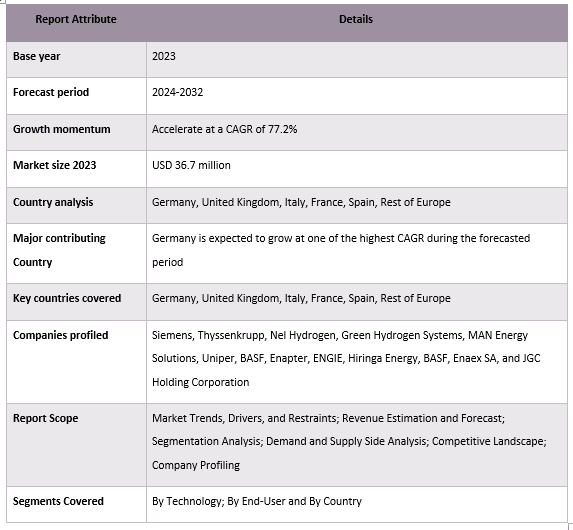
购买本报告的理由:
- 该研究包括经过认证的主要行业专家验证的市场规模和预测分析。
- 该报告一目了然地快速回顾了整个行业绩效。
- 该报告深入分析了杰出的行业同行,主要关注关键业务财务、产品组合、扩张策略和最新发展。
- 详细分析了行业中存在的驱动因素、限制因素、主要趋势和机遇。
- 该研究全面涵盖了跨不同细分市场的市场。
- 深入分析了该行业的区域层面。
自定义选项:
欧洲绿色氨市场可以根据要求或任何其他细分市场进一步定制。除此之外,UMI 了解到您可能拥有自己的业务需求,因此请随时与我们联系以获取完全适合您需求的报告。
目录
欧洲绿色氨分析(2024-2032)的研究方法
分析历史市场、估算当前市场以及预测欧洲绿色氨市场的未来市场,是创建和分析欧洲主要国家采用绿色氨的三大主要步骤。我们进行了详尽的二级研究,以收集历史市场数据并估算当前市场规模。其次,为了验证这些见解,我们考虑了许多发现和假设。此外,我们还与欧洲绿色氨市场价值链上的行业专家进行了广泛的初步访谈。在通过初步访谈对市场数据进行假设和验证后,我们采用了自上而下/自下而上的方法来预测完整的市场规模。此后,我们采用了市场细分和数据三角测量方法来估计和分析行业相关的细分市场和子细分市场的市场规模。详细方法如下:
历史市场规模分析
第 1 步:深入研究二级来源:
我们进行了详细的二级研究,以通过公司内部来源(例如年度报告和财务报表、业绩演示文稿、新闻稿等)以及外部来源(包括期刊、新闻和文章、政府出版物、竞争对手出版物、行业报告、第三方数据库和其他可靠出版物)来获得欧洲绿色氨市场的历史市场规模。
第 2 步:市场细分:
在获得欧洲绿色氨市场的历史市场规模后,我们进行了详细的二级分析,以收集主要区域不同细分市场和子细分市场的历史市场见解和份额。报告中包含的主要细分市场是技术和最终用户。此外,我们还进行了国家层面的分析,以评估该地区测试模型的总体采用情况。
第 3 步:因素分析:
在获得不同细分市场和子细分市场的历史市场规模后,我们进行了详细的因素分析,以估计欧洲绿色氨市场的当前市场规模。此外,我们使用欧洲绿色氨市场的技术和最终用户等因变量和自变量进行了因素分析。我们对需求和供应方情景进行了彻底分析,考虑了全球欧洲绿色氨市场领域的顶级合作伙伴关系、并购、业务扩张和产品发布。
当前市场规模估算和预测
当前市场规模:基于以上 3 个步骤的可行见解,我们得出了当前市场规模、欧洲绿色氨市场的关键参与者以及细分市场的市场份额。所有必需的百分比份额拆分和市场细分都是使用上述二级方法确定的,并通过初步访谈进行了验证。
估算和预测:对于市场估算和预测,我们为不同的因素分配了权重,包括驱动因素和趋势、限制因素以及利益相关者可用的机会。在分析了这些因素后,我们应用了相关的预测技术,即自上而下/自下而上的方法,以得出 2032 年主要市场不同细分市场和子细分市场的市场预测。用于估算市场规模的研究方法包括:
- 该行业的市场规模,以收入(美元)和国内主要市场对欧洲绿色氨市场的采用率衡量
- 所有百分比份额、拆分以及市场细分和子细分的细分
- 欧洲绿色氨市场中按产品提供的关键参与者。此外,这些参与者为在快速增长的市场中竞争而采取的增长战略
市场规模和份额验证
初步研究:与关键意见领袖 (KOL)(包括主要地区的高层管理人员(CXO/VP、销售主管、营销主管、运营主管、区域主管、国家主管等))进行了深入访谈。然后总结了初步研究结果,并进行了统计分析以证明既定假设。初步研究的输入与二级研究结果相结合,从而将信息转化为可操作的见解。
不同地区主要参与者的细分
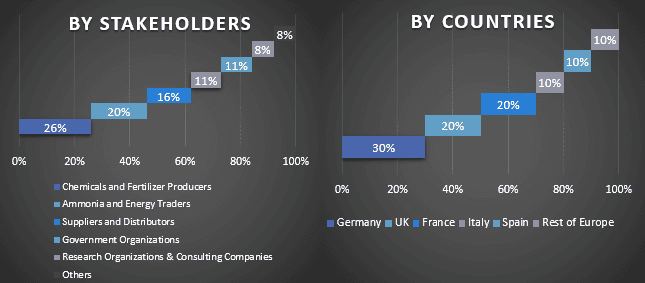
市场工程
我们采用了数据三角测量技术来完成整体市场估算,并得出欧洲绿色氨市场每个细分市场和子细分市场的精确统计数据。在研究欧洲绿色氨市场技术和最终用户领域的各种参数和趋势后,数据被分为几个细分市场和子细分市场。
欧洲绿色氨研究的主要目标
研究中明确指出了欧洲绿色氨市场的当前和未来市场趋势。投资者可以根据研究中进行的定性和定量分析,获得战略见解,从而做出投资决策。当前和未来市场趋势决定了区域层面市场的整体吸引力,从而为行业参与者提供了一个利用未开发市场并从先发优势中获益的平台。研究的其他定量目标包括:
- 分析欧洲绿色氨市场当前和预测的市场规模,以价值(美元)衡量。此外,分析不同细分市场和子细分市场的当前和预测的市场规模
- 研究中的细分市场包括技术和最终用户领域
- 定义和分析欧洲绿色氨行业的监管框架
- 分析涉及各种中介机构的价值链,以及分析行业的客户和竞争对手行为
- 分析主要地区欧洲绿色氨市场当前和预测的市场规模
- 报告中研究的主要国家包括德国、法国、英国、意大利、西班牙和欧洲其他地区
- 欧洲绿色氨市场的公司简介以及市场参与者为在快速增长的市场中维持生存而采取的增长战略
- 对该行业进行深入的区域层面分析
常见问题 常见问题
Q1:欧洲绿色氨的当前市场规模和增长潜力是什么?
Q2:欧洲绿色氨增长的驱动因素是什么?
Q3:哪种技术在欧洲绿色氨的细分市场中占有最大的份额?
Q4:欧洲绿色氨的新兴技术和趋势是什么?
Q5:哪个国家将主导欧洲绿色氨市场?
相关 报告
购买此商品的客户也购买了





